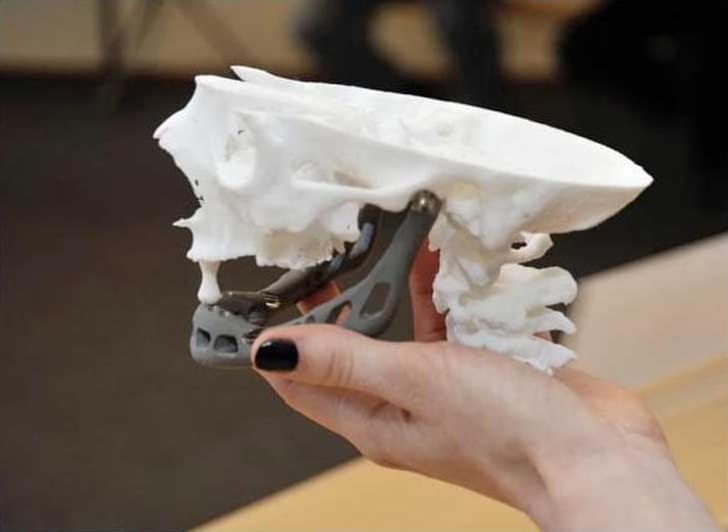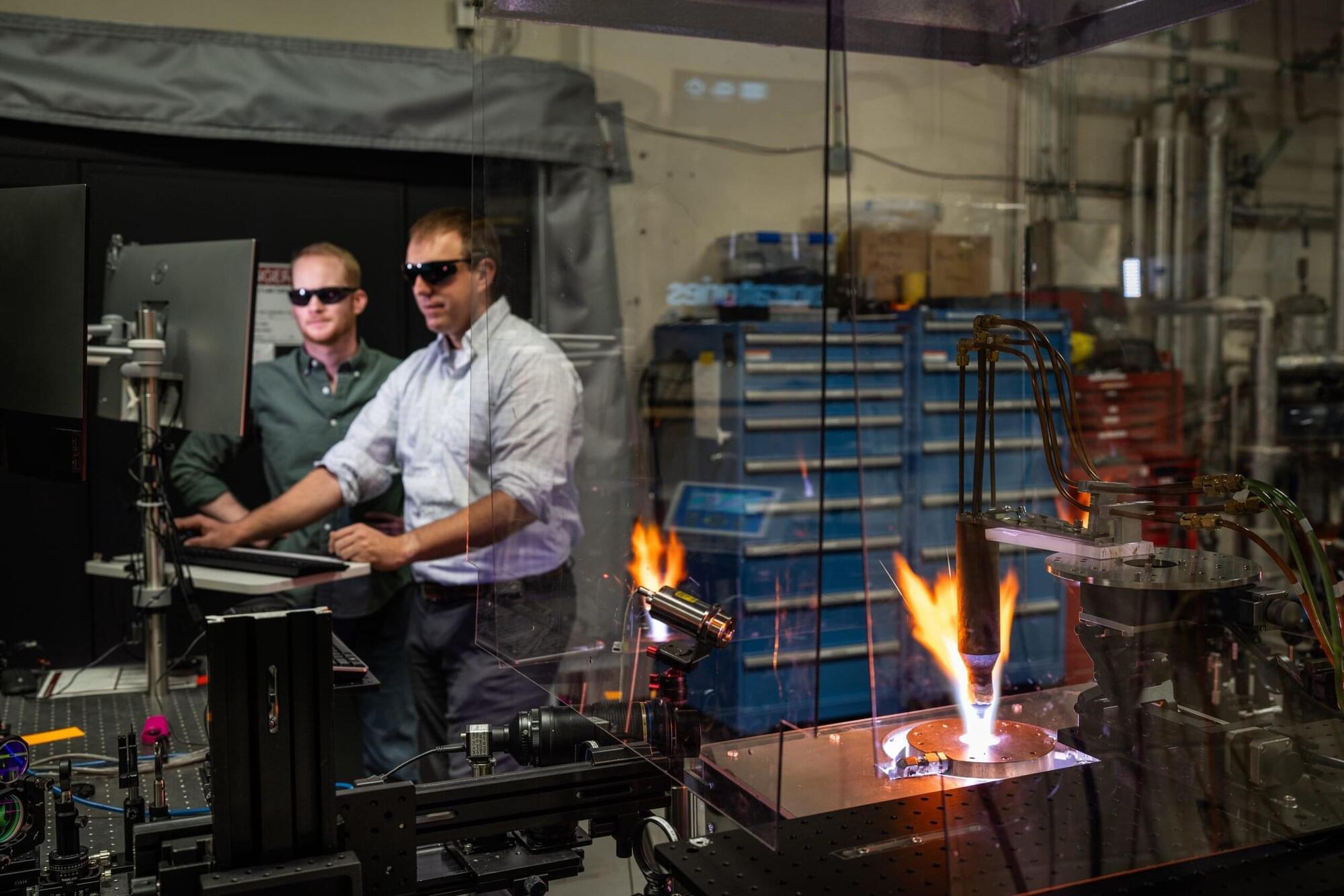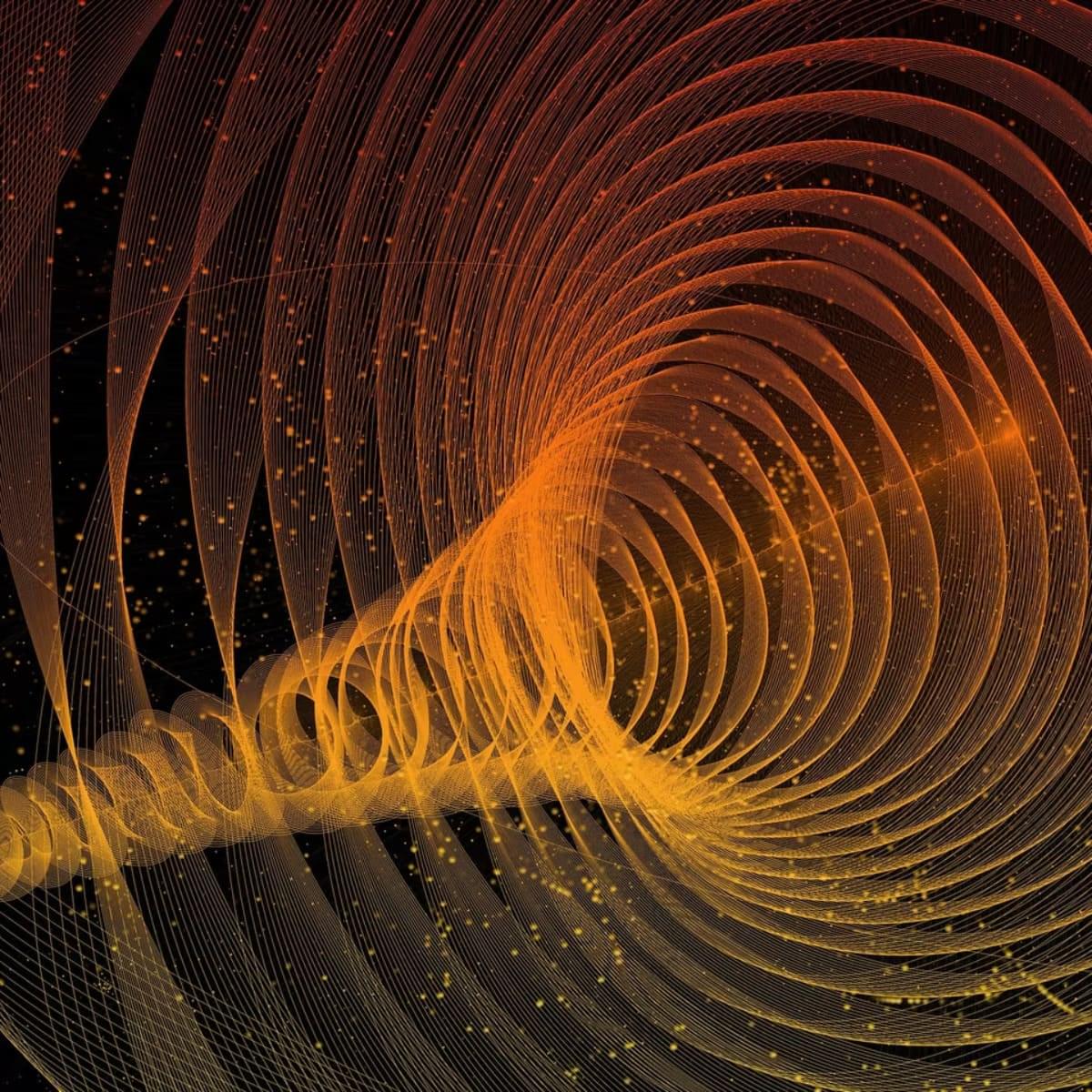An 83 year-old woman in Belgium had a severely infected jawbone, and researchers and doctors were able to replace it with the world’s first 3D printed jaw.


Explore CUDA resources including libraries, tools, integrations, tutorials, and more.

From the tragedy of the space shuttle Columbia disaster in 2003 to the now-routine return of commercial spacecraft, heat shields—formally called thermal protection systems—are critical for protecting vehicles from the intense heat and friction of atmospheric reentry or traveling at many times the speed of sound.
Now, a team of engineers at Sandia National Laboratories have developed ways to rapidly evaluate new thermal protection materials for hypersonic vehicles. Their three-year research project combined computer modeling, laboratory experiments and flight testing to better understand how heat shields behave under extreme temperatures and pressures, and to predict their performance much faster than before.
Hypersonic flight means traveling at speeds of at least five times faster than the speed of sound, or more than 3,800 miles per hour. Other vehicles, such as ballistic missiles, can travel this fast, but hypersonic vehicles are far more maneuverable and unpredictable, making them harder to intercept. Unlike reusable spacecraft, the thermal protection systems used on U.S. hypersonic missiles—which solely deliver conventional weapons—are designed for a single use.

The secret to a healthier and “younger” heart lies in the vagus nerve. A recent study coordinated by the Sant’Anna School of Advanced Studies in Pisa and published in Science Translational Medicine has shown that preserving bilateral cardiac vagal innervation is an anti-aging factor. In particular, the right cardiac vagus nerve emerges as a true guardian of cardiomyocyte health, helping to preserve the longevity of the heart independently of heart rate.
The study is characterized by a strongly multidisciplinary approach, integrating experimental medicine and bioengineering applied to cardiovascular research. Specifically, the research was led by the Translational Critical Care Unit (TrancriLab) of the Interdisciplinary Research Center Health Science, under the responsibility of Professor Vincenzo Lionetti, and by the laboratory of the Biorobotics Institute led by Professor Silvestro Micera, which contributed to the development of the bioabsorbable nerve conduit used to facilitate vagal regeneration.
The study involved a broad network of Italian and international institutions of excellence, including the Scuola Normale Superiore, the University of Pisa, the Fondazione Toscana G. Monasterio, the Institute of Clinical Physiology of the CNR, the University of Udine, GVM Care & Research, Al-Farabi Kazakh National University, the Leibniz Institute on Ageing in Jena and the École Polytechnique Fédérale de Lausanne.



A large-scale screen of tuberculosis proteins has revealed several possible antigens that could be developed as a new vaccine for TB, the world’s deadliest infectious disease.
In the new study, a team of MIT biological engineers was able to identify a handful of immunogenic peptides, out of more than 4,000 bacterial proteins, that appear to stimulate a strong response from a type of T cells responsible for orchestrating immune cells’ response to infection.
There is currently only one vaccine for tuberculosis, known as BCG, which is a weakened version of a bacterium that causes TB in cows. This vaccine is widely administered in some parts of the world, but it poorly protects adults against pulmonary TB. Worldwide, tuberculosis kills more than 1 million people every year.


A new study analyzing the immune response to COVID-19 in a Catalan cohort of health workers sheds light on an important question: does it matter whether a person was first infected or first vaccinated?
According to the results, the order of the events does alter the outcome, at least when it comes to long-term protection against omicron.
The study, published in Nature Communications, was led by the Barcelona Institute for Global Health (ISGlobal) in collaboration with the Catalan Health Institute (ICS) and the Jordi Gol Institute (IDIAP JG), and with support from the Daniel Bravo Andreu Private Foundation (FPDBA).

For years, the dream of a fully secure quantum Internet has been held back by a single, stubborn obstacle: repeaters. Whenever quantum networks needed them, scientists had to fall back on traditional models — a compromise that opened the door to potential security flaws. But now, researchers have finally filled in the missing piece of the puzzle, bringing the first true quantum relays within reach.
Unlike traditional data systems, quantum communication relies entirely on light. Instead of sending electrical signals, it uses pairs of entangled photons to create an unbreakable secret key between sender and receiver. Theoretically, this makes eavesdropping impossible — any attempt to intercept the signal would immediately destroy it.
Even with its promise of speed and security, quantum communication hasn’t yet reached everyday use. The main challenge lies in preserving quantum information. Only a handful of photons can travel together, and their light signal fades quickly over long distances.